Now that I’m home in California and all settled in, I thought it might be nice to get back into the swing of things with a fun addition to my series featuring kimono-heavy anime. As usual, whenever possible there will be links to streaming services like Crunchyroll or Netflix where you can watch these!
Watashi no Shiawase na Kekkon/My Happy Marriage (わたしの幸せな結婚)
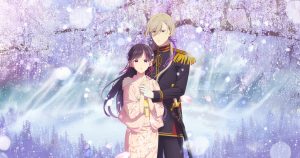 My Happy Marriage starts out feeling like Cinderella (in kimono), morphs into Beauty & The Beast (in kimono), and ends up being a fantastic and unique series that just happens to include terrible step-relatives and a husband with an angry façade but a heart of gold. And there’s still lots and lots of kimono.
My Happy Marriage starts out feeling like Cinderella (in kimono), morphs into Beauty & The Beast (in kimono), and ends up being a fantastic and unique series that just happens to include terrible step-relatives and a husband with an angry façade but a heart of gold. And there’s still lots and lots of kimono.
The story is about Saimori Miyo, a shy and quiet young woman whose father remarries an absolute harridan with a shrill, spoiled daughter. They treat her like garbage due to her lack of magical ability, and end up marrying her off to Kudo Kiyoka, a military man with a history of driving away potential brides.
Of course, everyone’s perception of the two of them is entirely off-base and they slowly learn about each other and fall in love, strengthening both their bond and Miyo’s magical abilities as the series progresses. He also takes her kimono shopping early on in the series and I dare any kimono aficionado to not fall for him right then and there. We’ve all had that dream!
Through Kiyoka’s love and encouragement, Miyo’s abilities bloom along with her determination and resolve. She remains her quiet self, but in a strong and self-assured way, no longer the doormat she once was. In turn, Kiyoka learns to open up and allow others to help him.
I also really appreciate that while yes, there are some awkward moments and misunderstandings, they are generally both open with each other about their thoughts and feelings, with the bulk of the conflict coming from outside instead of the typical petty nonsense some romance stories put their protagonists through.
The kimono in My Happy Marriage are so gorgeous, and such an integral feature of the show, that I nearly did a review of the show by itself. One illustrator, Halka, was responsible for all the designs to ensure they were accurate and cohesive. You can see her process and designs over on X but I’ve selected a few of my particular favourites here. She also did the beautiful title screen and eye-catch art designs.
So far there are two complete seasons of My Happy Marriage and it appears that a movie is in the works! There is also a live-action adaptation but I haven’t had the opportunity to watch it yet.
My Happy Marriage on IMdb
My Happy Marriage on Netflix
My Happy Marriage on Wikipedia
Taisho Otome Fairy Tale/Taisho Otome Otogibanashi (大正処女御伽話)
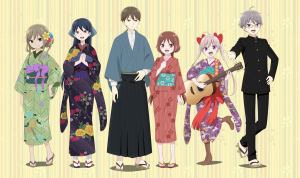 Taisho Otome Otogibanashi (大正処女御伽話, Taisho Otome Fairy Tale) is a twelve-episode anime that was released in the autumn of 2021 and I’ve been meaning to write about ever since. If you’re a regular reader of my blog you likely know that the Taisho era is probably my favourite era for kimono style. This anime doesn’t disappoint, as nearly every character wears kimono the entire time, and we get to see a variety of Taisho-Roman influenced styles as well as more traditional styles.
Taisho Otome Otogibanashi (大正処女御伽話, Taisho Otome Fairy Tale) is a twelve-episode anime that was released in the autumn of 2021 and I’ve been meaning to write about ever since. If you’re a regular reader of my blog you likely know that the Taisho era is probably my favourite era for kimono style. This anime doesn’t disappoint, as nearly every character wears kimono the entire time, and we get to see a variety of Taisho-Roman influenced styles as well as more traditional styles.
The story starts out with an admittedly awkward-sounding premise; Shima Tamahiko is a seventeen year-old boy who has been disowned by his rich father after being in an accident that leaves his right hand paralysed and leaves him “useless.” After he falls into despair, his father sends the bubbly and optimistic fourteen year old Tachibana Yuzuki to live with him, after purchasing her from her impoverished family.
The idea of a rich father essentially buying a child bride/maidservant for his cranky teenage son could have been incredibly uncomfortable and inappropriate, but they handled it very deftly (if somewhat unrealistically). There’s no creepy or ecchi content, the romance is very slow, awkward, and feels genuine to teenagers forced to grow up early for varying reasons and then falling in love with each other.
There’s a cast of female characters, all in various absolutely lovely kimono, that might lead you to worry that this is a harem-style anime, but aside from a bit of playful subversion with one character there’s no evidence of that anywhere. Once these two realise their feelings, they are utterly devoted to each other. There is one big obstacle in the way of their relationship but it’s a historically valid and heart-wrenching one (that link is a spoiler, so don’t click if you don’t want to know), not some silly forced love triangle, which was incredibly refreshing.
The series ends on a very happy and optimistic note without being overly bogged down or trying to rush things. I really appreciated that. There’s currently no plan for any more seasons of the anime, but there is a manga by the same creator that takes place in the Showa era, and I still hold out hope that it will be adapted one day!
Taisho Otome Fairy Tale on IMdb
Taisho Otome Fairy Tale on Crunchyroll
Taisho Otome Fairy Tale on Wikipedia
Prima Doll (プリマドール)
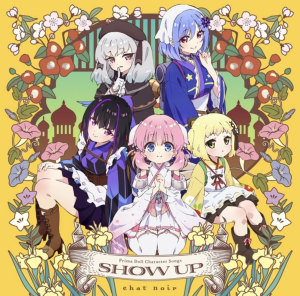 Prima Doll asks the bold question “what if adorable singing cafe employees were also former military automata with post-traumatic stress disorders?”, and somehow manages to mostly answer it in twelve tight little episodes. It starts out as an adorable little slice-of-life/”cute girls doing cute things” show and morphs into an action-packed, emotional gut punch, so don’t be fooled by the initial tone. The show does deal with PTSD and briefly hints at suicidal ideation despite the cuteness so please do keep that in mind if it may be triggering to you.
Prima Doll asks the bold question “what if adorable singing cafe employees were also former military automata with post-traumatic stress disorders?”, and somehow manages to mostly answer it in twelve tight little episodes. It starts out as an adorable little slice-of-life/”cute girls doing cute things” show and morphs into an action-packed, emotional gut punch, so don’t be fooled by the initial tone. The show does deal with PTSD and briefly hints at suicidal ideation despite the cuteness so please do keep that in mind if it may be triggering to you.
Prima Doll is actually a couple of years old and I stumbled across it while looking up recipes, since Haizakura (the main character) shares a name with a brand of soy sauce… but of course, upon seeing them I immediately fell in love with the outfits. Nearly all the automata wear outfits in some form of wa-lolita, steampunk, or otherwise kimono-influenced outfit. Sure, they’re far from traditional, but the show isn’t exactly steeped in realism and I desperately want to cosplay Karasuba at some point in my life. We even both have a bum knee!
Despite my warnings above, the show is generally heartwarming and adorable, even if it does deal with some very intense subject matter. I would not necessarily recommend it for “comfort” watching, but it does end on a mostly optimistic note and is definitely charming enough to make it a net positive in the emotions department.
Unfortunately, this is no longer streaming on any big North American sites so it may be harder to find but if you are able to come across it, it’s worth a watch 🙂
-
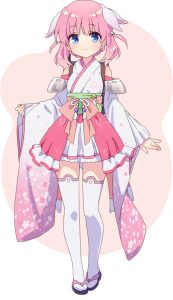
-
Haizakura
-
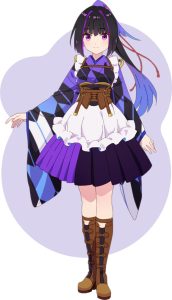
-
Karasuba
-
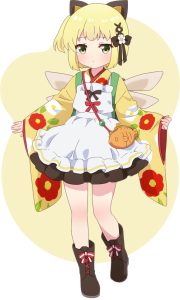
-
Gekka
-

-
Houkiboshi
-
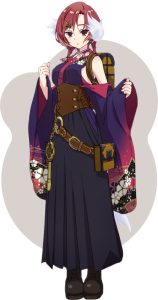
-
Yugiri
-

-
Haikagura
-
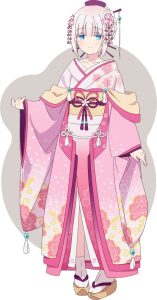
-
Ouka
Prima Doll on IMdb
Prima Doll on Wikipedia
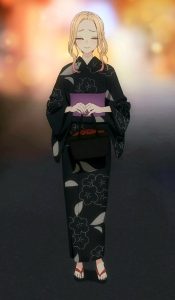 I’d also like to give an honourable mention to Sono wa Bisque Doll/My Dress-Up Darling. It’s about Marin, a modern, gyaru cosplayer and Gojo, the shy, awkward, very traditional boy who learns to sew her costumes for her. He grows up making hina dolls at his family shop and wears samue pretty exclusively in his spare time, so there’s a bunch of lovely shots of those. Marin wears kimono or yukata a couple of times for her cosplays (and of course the requisite romantic/slice-of-life matsuri staple episode). It’s not a full review though, since a) there’s not a ton of kimono content and b) it’s not explicit but there’s definitely some mature/ecchi content that’s not appropriate for anyone under 16. If you’re okay with that and want a charming, slow-burn, silly teenagers confused about their feelings anime with lots of cosplay content, it’s definitely worth checking out!
I’d also like to give an honourable mention to Sono wa Bisque Doll/My Dress-Up Darling. It’s about Marin, a modern, gyaru cosplayer and Gojo, the shy, awkward, very traditional boy who learns to sew her costumes for her. He grows up making hina dolls at his family shop and wears samue pretty exclusively in his spare time, so there’s a bunch of lovely shots of those. Marin wears kimono or yukata a couple of times for her cosplays (and of course the requisite romantic/slice-of-life matsuri staple episode). It’s not a full review though, since a) there’s not a ton of kimono content and b) it’s not explicit but there’s definitely some mature/ecchi content that’s not appropriate for anyone under 16. If you’re okay with that and want a charming, slow-burn, silly teenagers confused about their feelings anime with lots of cosplay content, it’s definitely worth checking out!
My Dress-Up Darling on IMdb
My Dress-Up Darling on Crunchyroll
My Dress-Up Darling on Wikipedia
As always, thank you for reading and sticking around! And if you have any suggestions for anime or media that heavily feature kimono that you want me to check out, let me know in the comments!





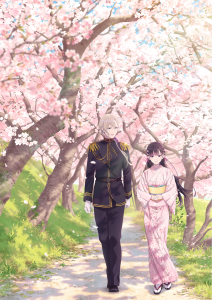

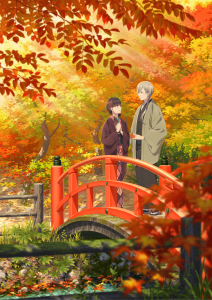
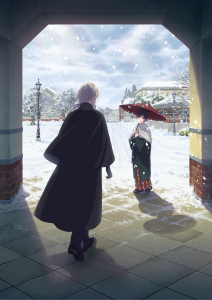

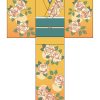
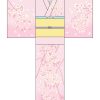
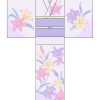
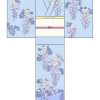
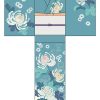
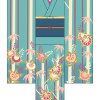
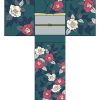

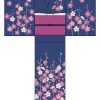
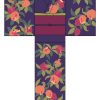

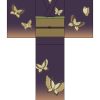

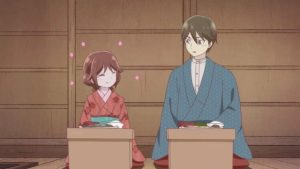
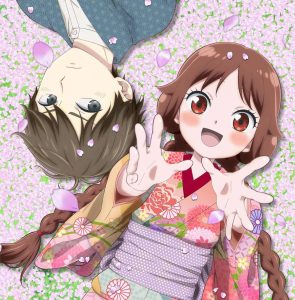
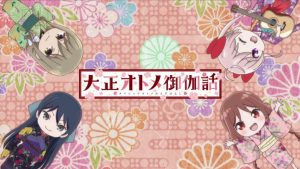










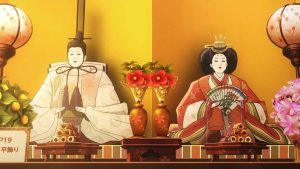
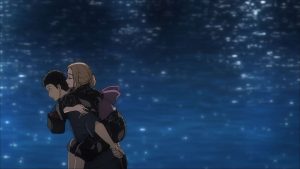
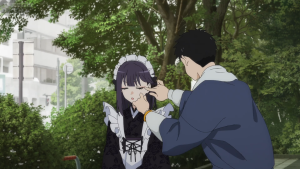
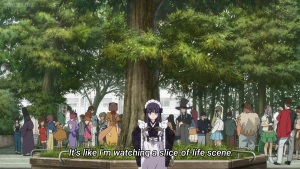
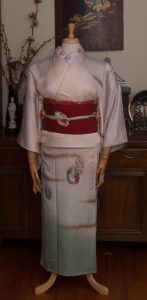
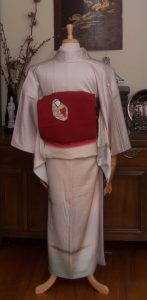
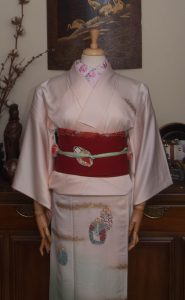
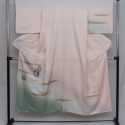
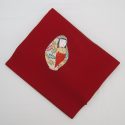
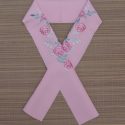
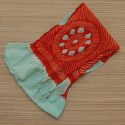
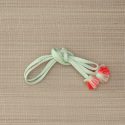
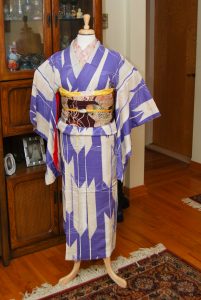
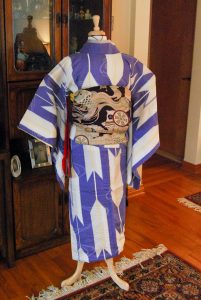
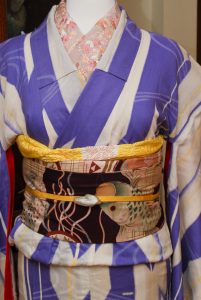
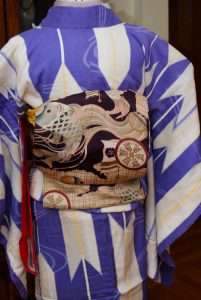
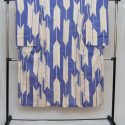
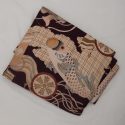
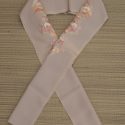
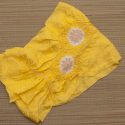

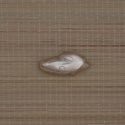
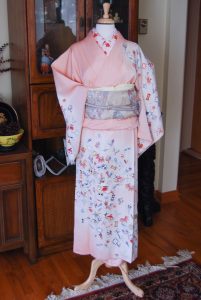
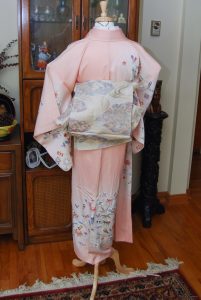
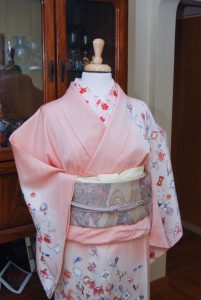
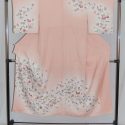
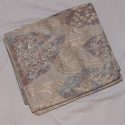

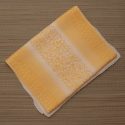






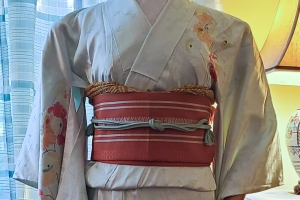
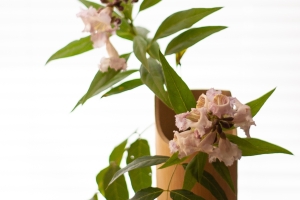
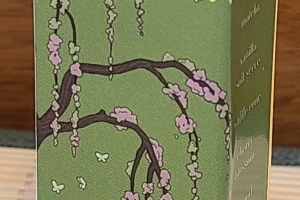
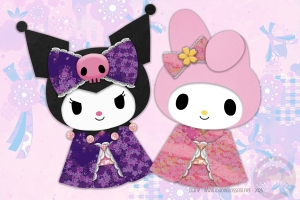
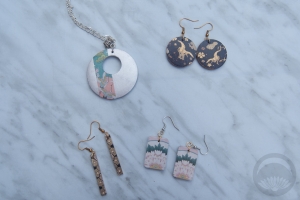

 Bebe Taian
Bebe Taian CHOKO Blog
CHOKO Blog Gion Kobu
Gion Kobu